Of all the ecosystems out there, forests and woodland are possibly the most abundant and diverse. Think about it; we have a thin layer of soil on the surface of this planet and without foliage, nothing between us and the stars. Plants and especially trees, add layers in-between, build microclimates and nurture life. We should replicate this as much as possible in the gardens and landscapes we create.
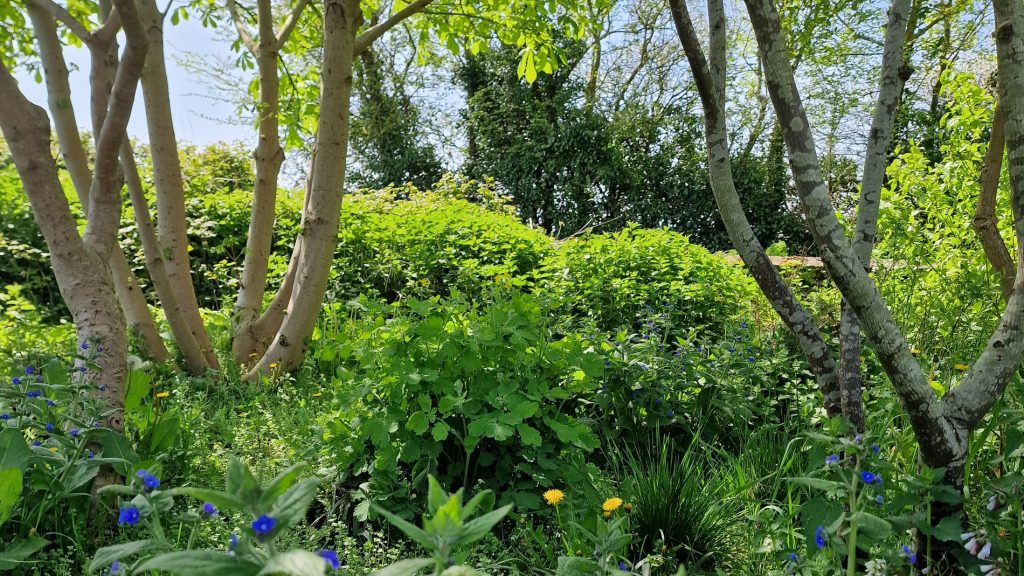
Where one ecosystem (biome) transitions to another, there is an area of overlap, called an ecotone. Sometimes this is abrupt (a woodland edge then an open field) and sometimes gradual, as when a woodland morphs through scrubland into moorland. A gentle transition gives rise to a rich biodiversity as the two biomes overlap, creating the ecotone. You are likely to find a wider mix of flora and fauna in this area than in either of the biomes alone. Condensing this into a garden brings rich possibilities for creating beauty, resilience and a biodiversity hot-spot.
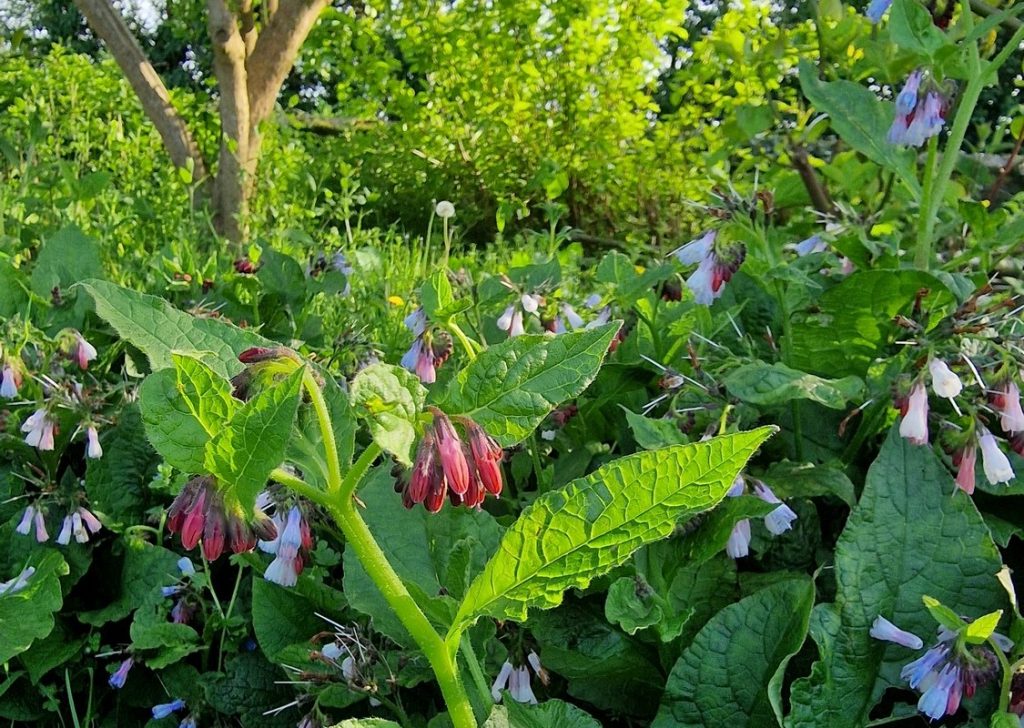
Now, you might be thinking, I don’t have acres of garden, nor a woodland! Whilst that would be nice, you can look at the woodland edge concept as a thickened boundary and you could do this in just six or so metres of depth. The trouble with a hedge or fence, is that the eye just runs up to it and stops, leaving nowhere to go and no mystery. A woodland edge planting diffuses this effect, adding depth, shadow, plays of light and a mysterious air. Furthermore, it adds excitement, beauty, resilience, biodiversity, and even produce, if you do a bit of coppicing every few years. I recommend this practice, for it is healthy for the micro-ecosystem we have created and changes the light patterns, allowing for changes in underplanting and insects attracted. If your neighbours have trees, or you border a real woodland, then we can employ the old principle of borrowed scenery, and your woodland edge really is that ecotone.
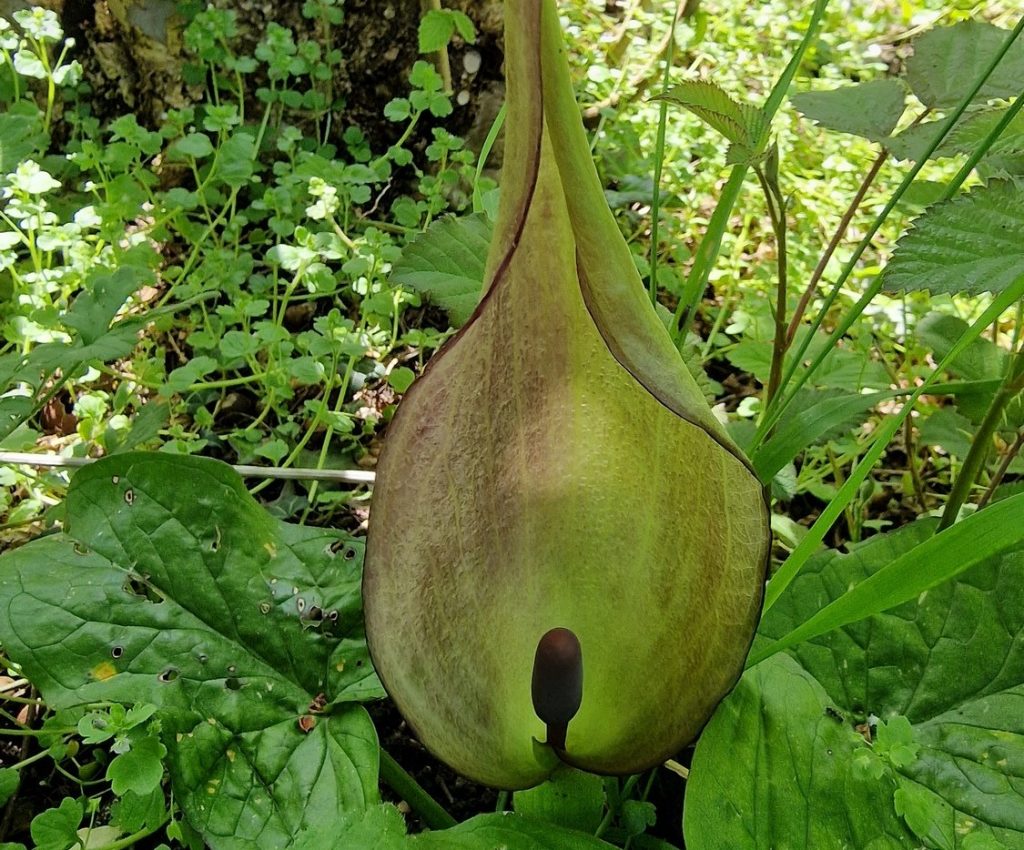
Coppicing is a woodland management practice which is as old as human settlement. Trees are cut back on a regular cycle (anything from two years to twenty, depending on species, climate and product required). We seldom think of applying this technique to a garden, yet we should. Apart from the refreshing of microclimates mentioned above, it provides products. This could be hazel or willow canes for use in the garden, logs for the woodstove, or larger poles for structural projects. Productivity gives resilience in an uncertain world.
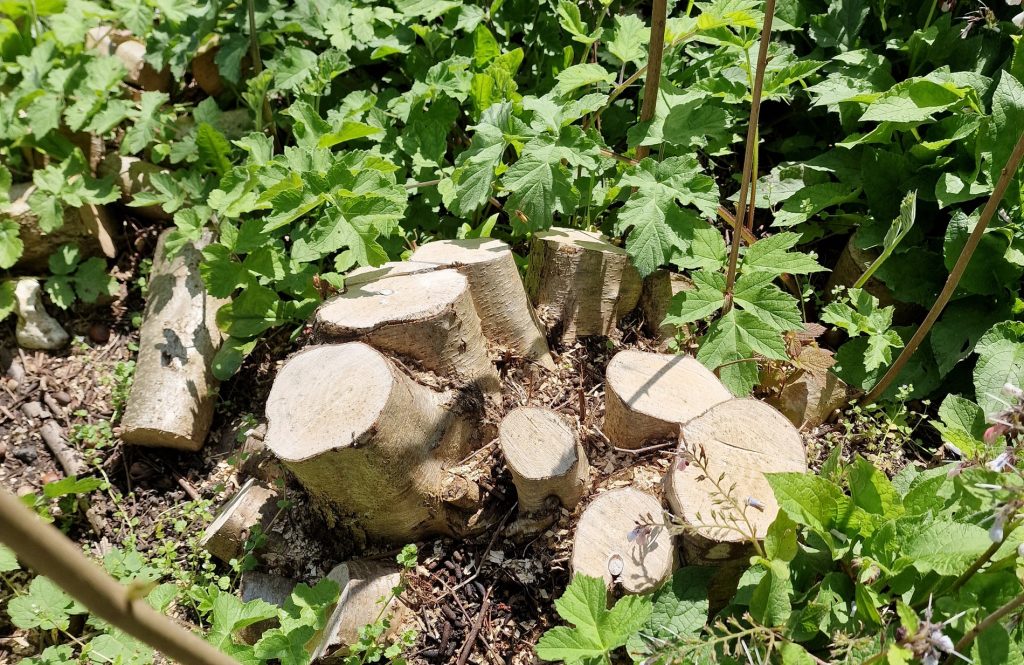
Willows are fast growing and great for chipping into mulch, to be spread back on the garden (best to stack and allow to compost for a year before use). Some willow hybrids can grow three metres (ten foot) per year. Ash, sweet chestnut, hazel, poplar, alder, Eucalyptus, dogwoods and Tamarix are some of the plants that can be used. Anything that has a good epicormic reshoot response has potential.
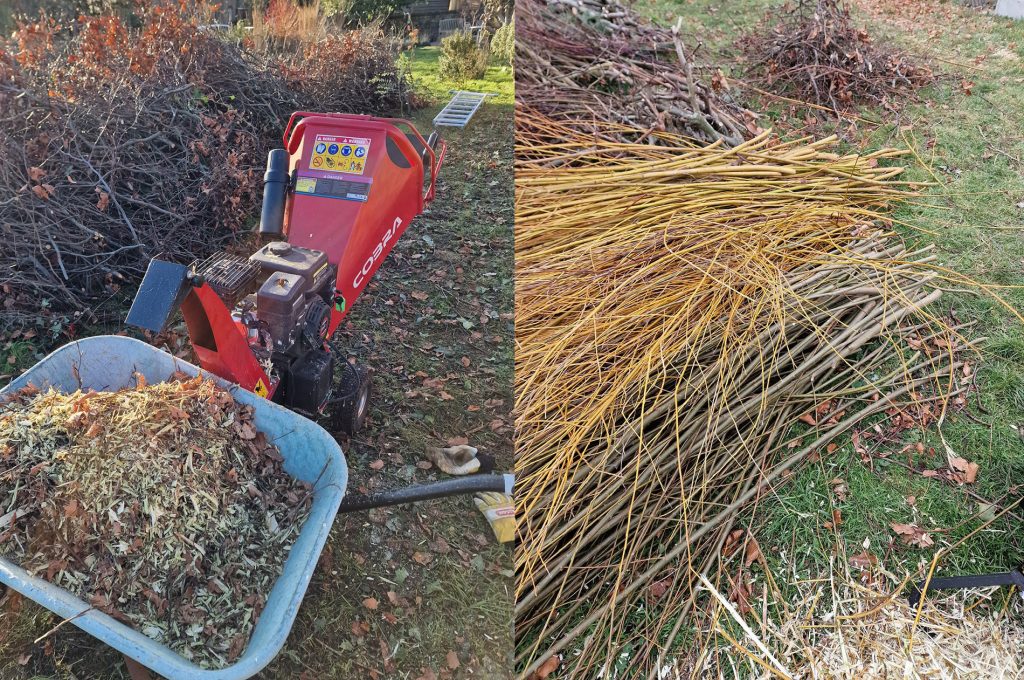
Mulch is THE best thing for a soil, for increasing the microbial health and storing carbon. Fungi are a rich part of a woodland (or any) ecosystem and are essential food providers for trees, via mycorrhizae; 95% of trees and plants have such associations and cannot live well without them. Decay fungi too, have an essential role in a woodland edge and even saprophytic fungi on trees are beneficial, provided structural safety is maintained.
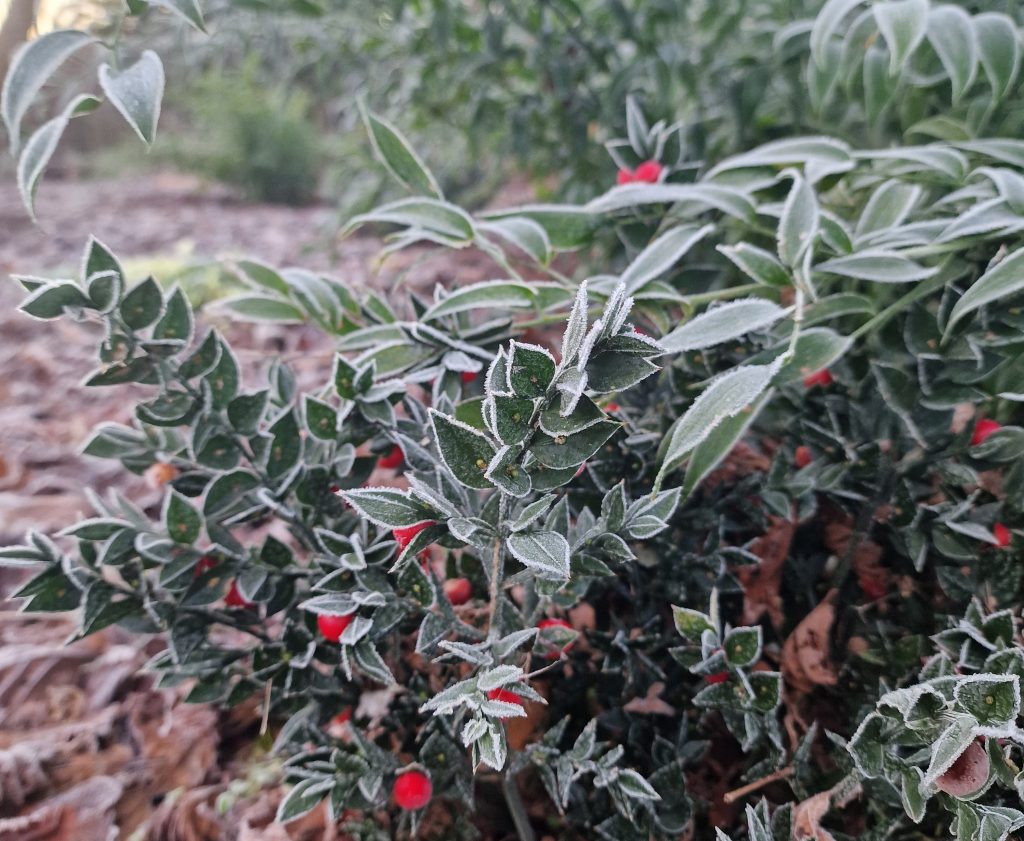
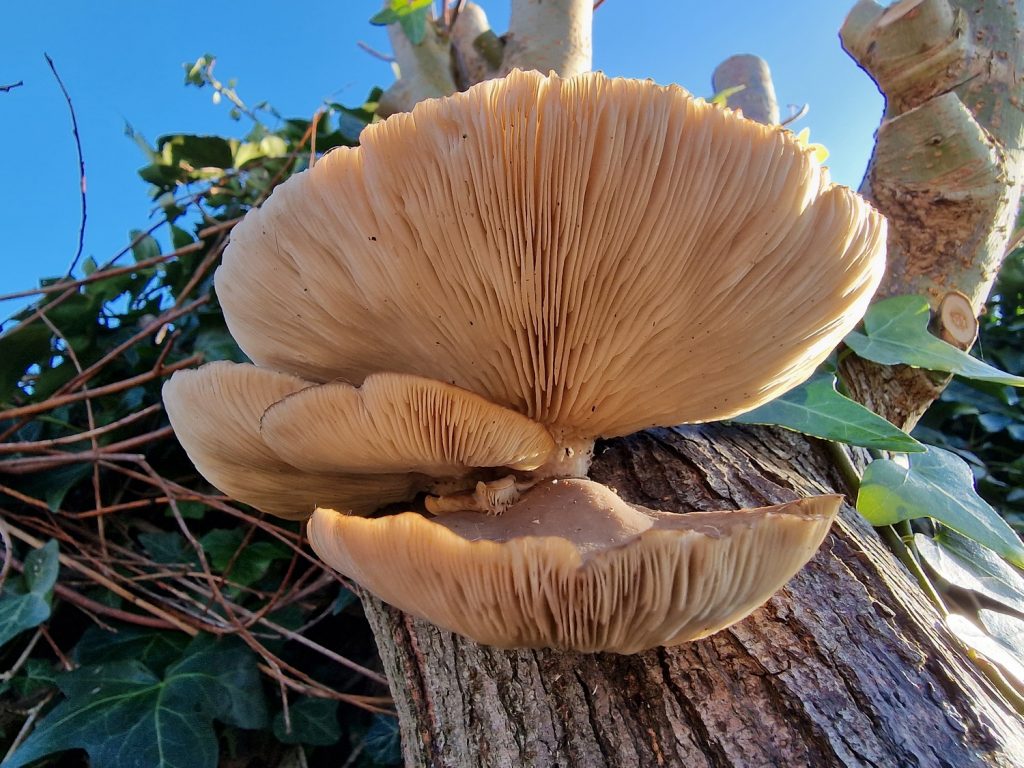
Your woodland edge garden can also produce fruit or nuts and be an edible food forest. A whole range of fruit and nut trees are suitable, although you wouldn’t coppice them (or you’d get no produce!). A food forest is a wonderful thing, an alternative to the traditional orchard plus veg garden; it is a subject all of its own.
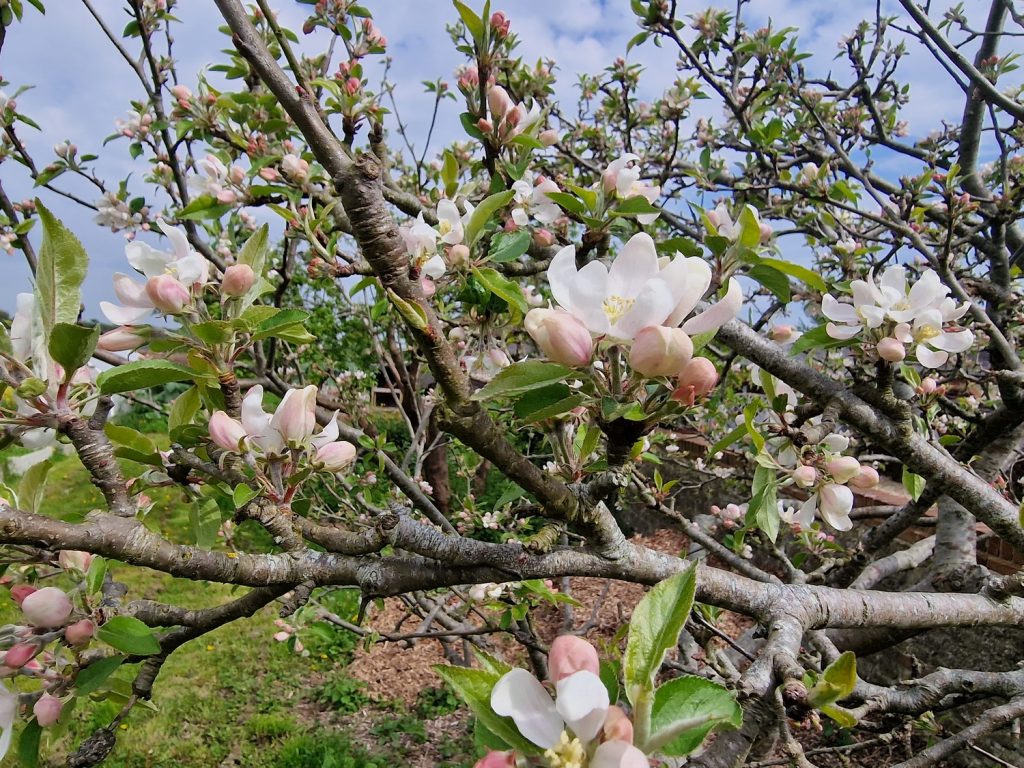
Lastly, this philosophy of forest garden can be replicated in just about any climate, including arid desert biomes (with some water of course) I shall be writing about that one separately.
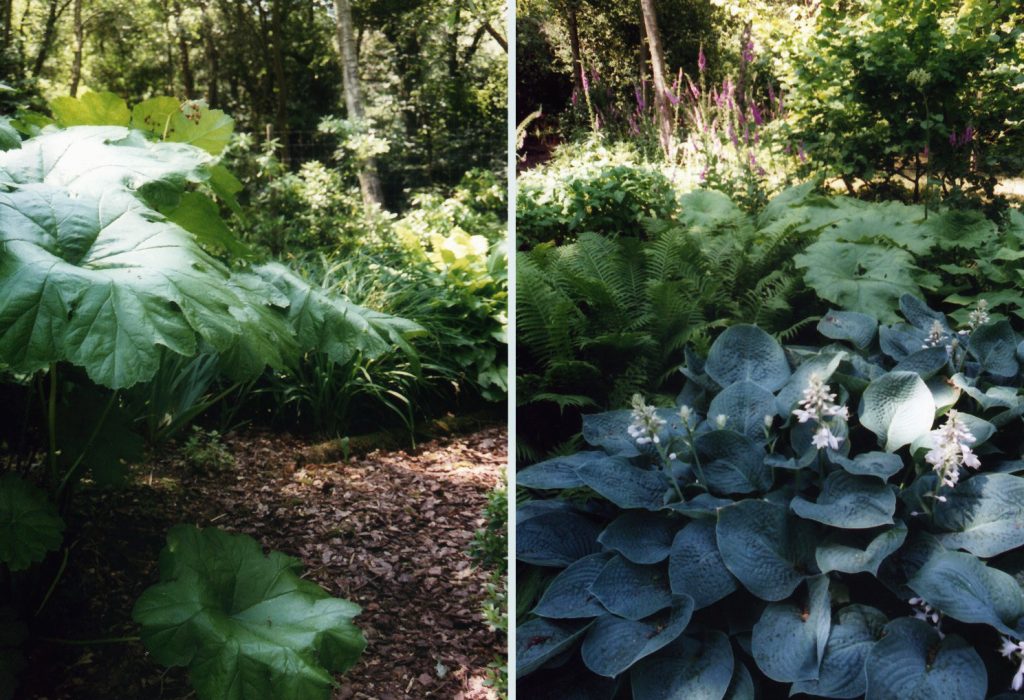
If you have a garden where a woodland edge would be beneficial, do contact me for help.
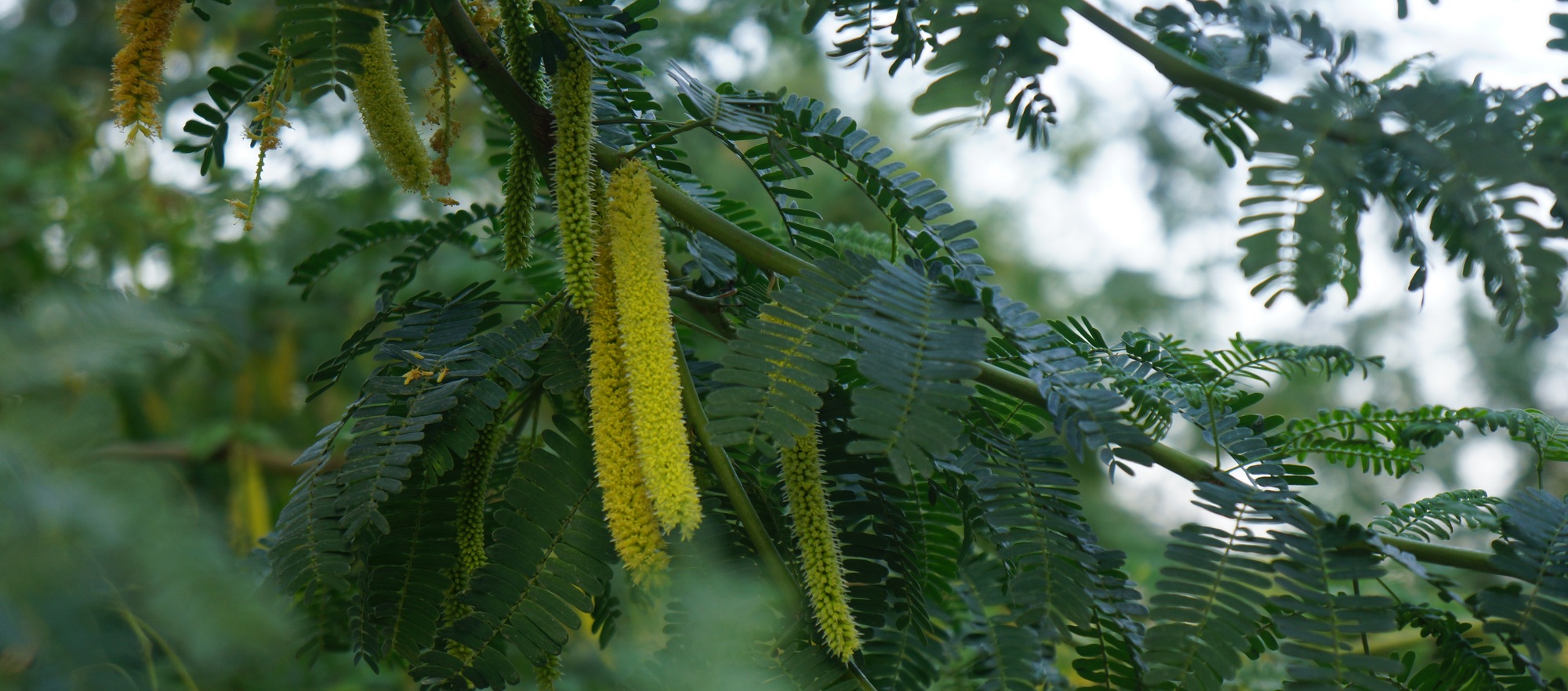
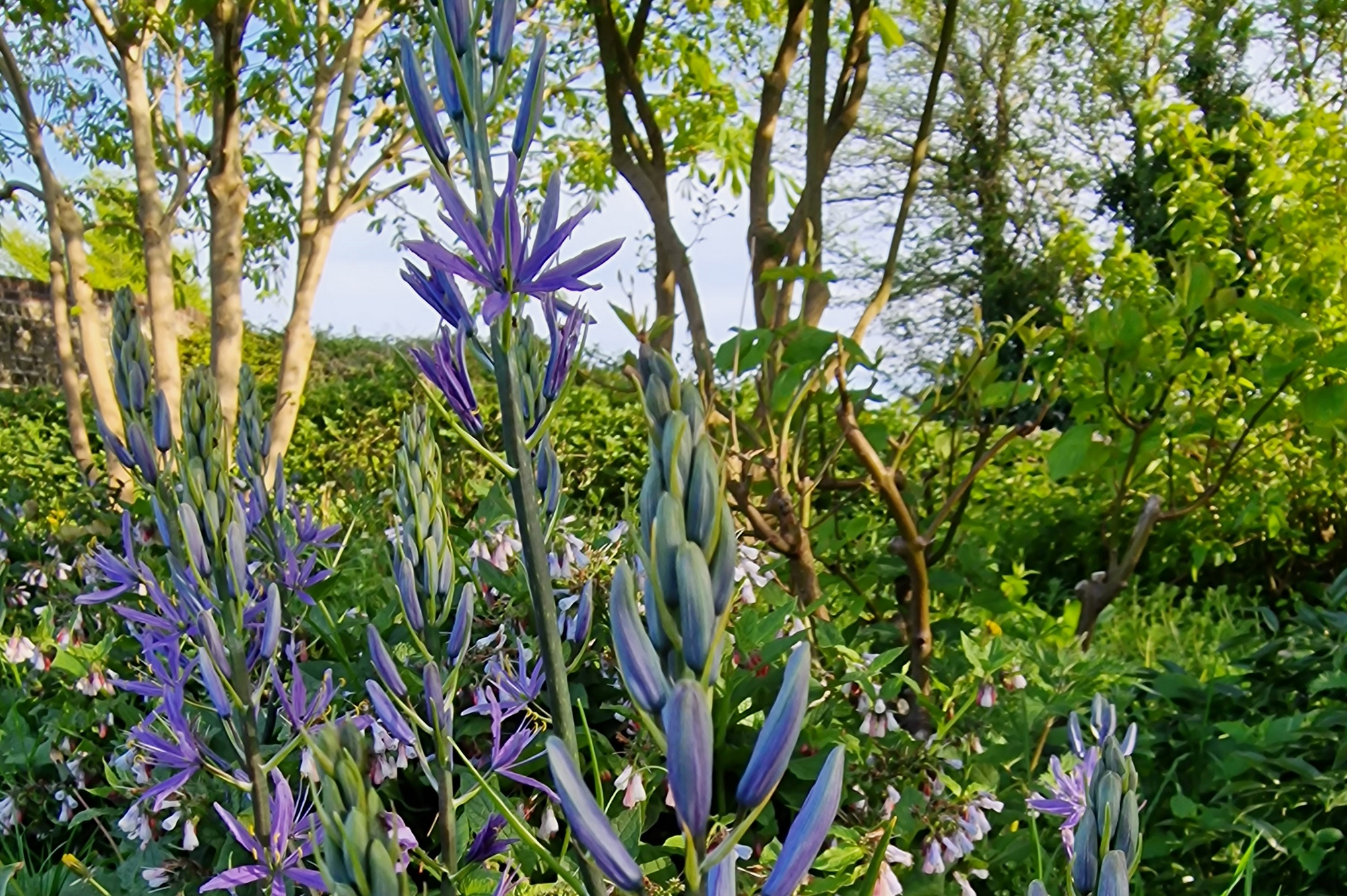
Thanks for this article, Mark! I’m always promoting “gardening like a forest” whenever possible.